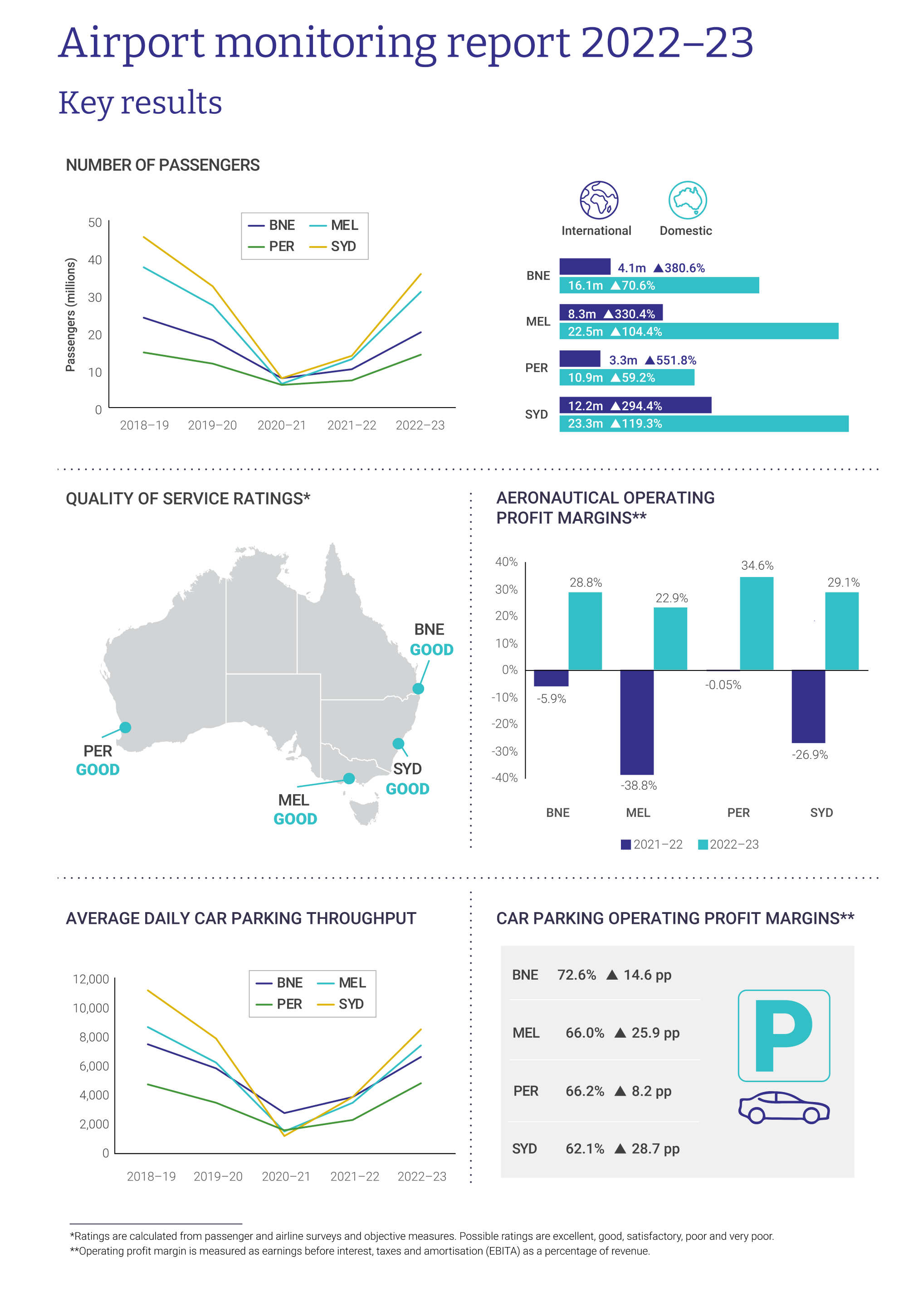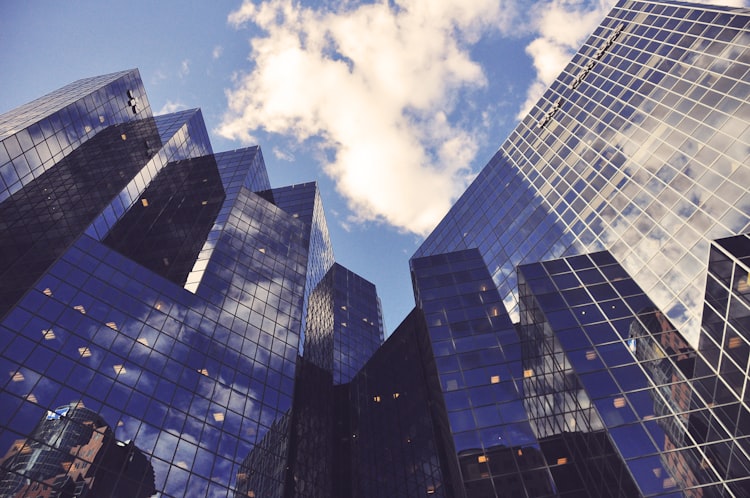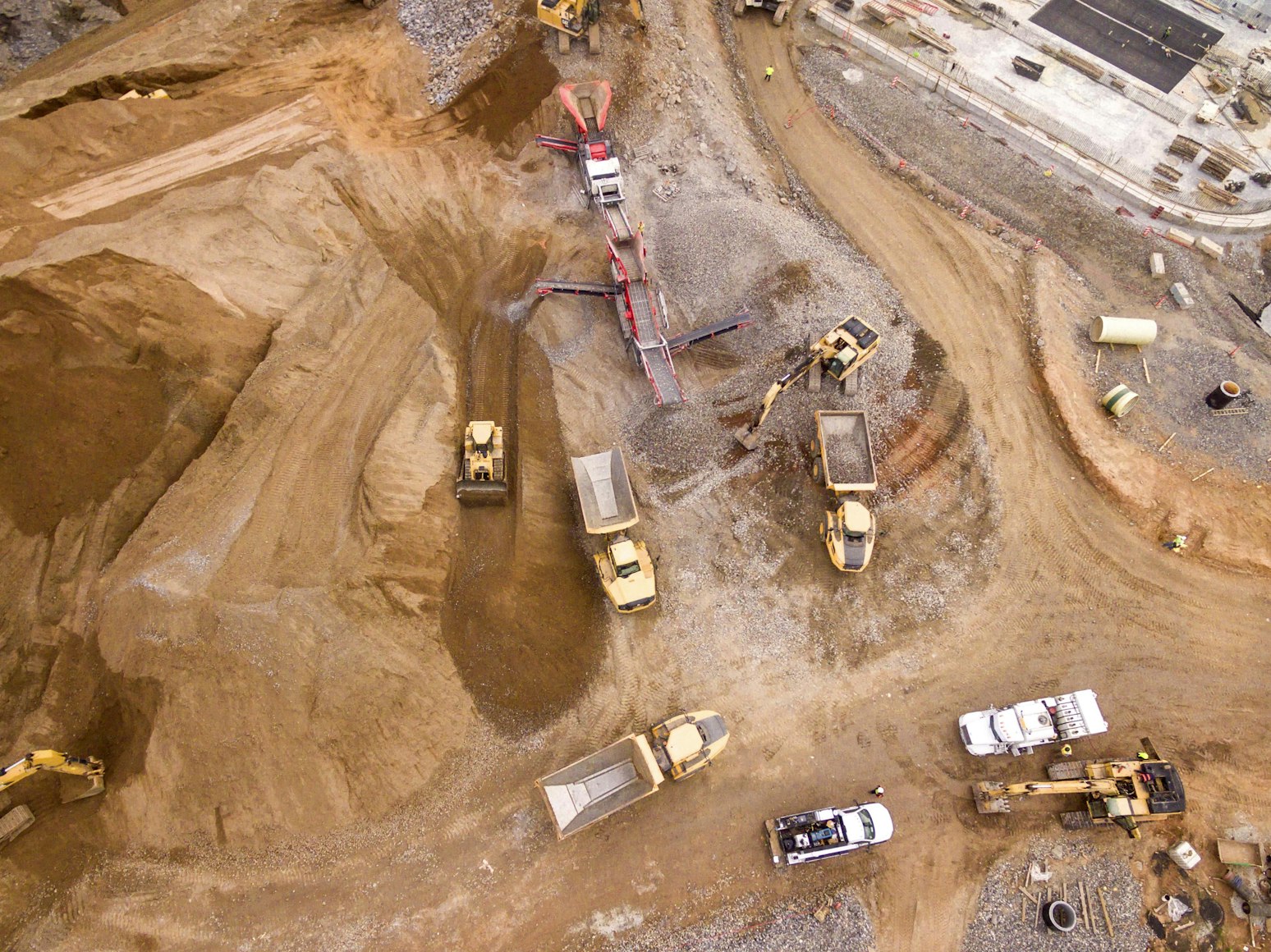A big focus of meetings with ministerial counterparts, central bank governors and the key global economic institutions in Washington DC this week will be the economic uncertainty that comes from rising inflation in the United States, a slowdown in China, recessions recorded in comparable countries and the impacts of 2 serious conflicts in the Middle East and Europe.
With the fragmentation we are seeing around the world, the serious turbulence we’ve seen for a decade and a half now, and the industrial change that’s coming from the global energy transformation, the times don’t just warrant a new approach, they demand one.
The world is changing, the pace of that change is accelerating, there are opportunities here not just risks, and we need a bigger slice of the action for our workers, businesses and investors so that we can grow our economy and lift living standards into the future.
That’s what our vision for a Future Made in Australia is all about.
We recognise the best opportunities for the Australian people and their economy are at the intersection of industry, energy, resources, human capital, and investment. This is how we align our national and economic security interests and deliver another generation of prosperity, by making ourselves an indispensable part of the global net zero economy.
Public investment is a key part of our focus here but not the only or biggest part.
The May Budget will include significant new public investments, but our aim is to incentivise the private sector, not replace it. Anything the government does will only ever be a tiny sliver of what’s needed. Private investment will and should continue to do most of the heavy lifting.
This is important because the Australian Industry Energy Transitions Initiative estimates an additional $225 billion of investment may be needed by 2050, above business‑as‑usual levels, to build an integrated clean energy and industrial system that sets up Australia’s heavy industries for the future including green hydrogen, metals, and chemicals. This is a huge challenge but not unprecedented. During the formation of Australia’s gas industry, more than $300 billion was invested in LNG projects over a much shorter period.
The Budget will have a heavy emphasis on attracting and deploying private capital. By accelerating approvals, improving access to energy, ensuring we have the trained workforce we need, better coordinating and attracting investment, and more effective screening of foreign investment, we can better enable and empower the private investment we need.
The Future Made in Australia Act will establish and impose very strict policy frameworks and institutional arrangements to ensure our priorities are rigorously determined and robustly implemented, focussed on where we have genuine economic advantages and compelling national security imperatives.
In other words, this won’t be a free‑for‑all of taxpayer funds.
Our work will be responsible and methodical and guided by where we can be more competitive, where it contributes to an orderly path to net zero, where it builds the capabilities of our people and regions, where it makes us more secure, and where it boosts the private sector and delivers value for money.
This means there are important opportunities in areas like refining and processing critical minerals, moving up the value chain of battery production, renewable hydrogen, and green metals.
Nobody is claiming we have the scale to compete in every industry nor saying we need to outspend or compete dollar‑for‑dollar with bigger economies. We will take the right approach for Australia which recognises and maximises and builds on our substantial advantages, whether they be geographical, geopolitical, geological or meteorological.
We welcome the engagement with Labor’s ambitious plans, including on these pages. But there’s been too much dusting off of the dated commentary and critiques of the past that fails to recognise all the ways the world has changed and how that change is accelerating.
There’s been a generational shift in the global economy and the opportunities presented to us and there needs to be a generational shift in our thinking and policies as well.
The best governments face forward, not back, and that’s what we are doing here.
It’s not a return to the approaches of the distant past, it’s about giving ourselves the right tools and the right settings to meet future challenges.
Protectionism was about building walls, this is about building foundations. We want to build competitiveness and productivity, not underwrite profits.
We want to position ourselves as an indispensable part of the global economy of the future, not shut ourselves off from the world.
In this regard we have more confidence in the businesses, workers and investors of this country than the critics and naysayers do. Theirs is a recipe for the sort of stagnation and missed opportunities which defined the wasted decade now behind us.
We believe Australia can be an island of reliability and ingenuity in a sea of global economic uncertainty and that this is, overwhelmingly, an opportunity too important to miss.
That’s why a Future Made in Australia is a defining motivation of the Albanese Government and a key part of the third Budget we’ll hand down next month.








